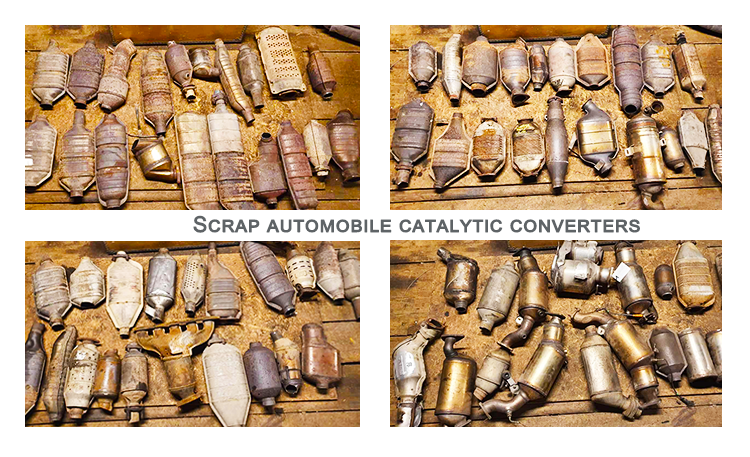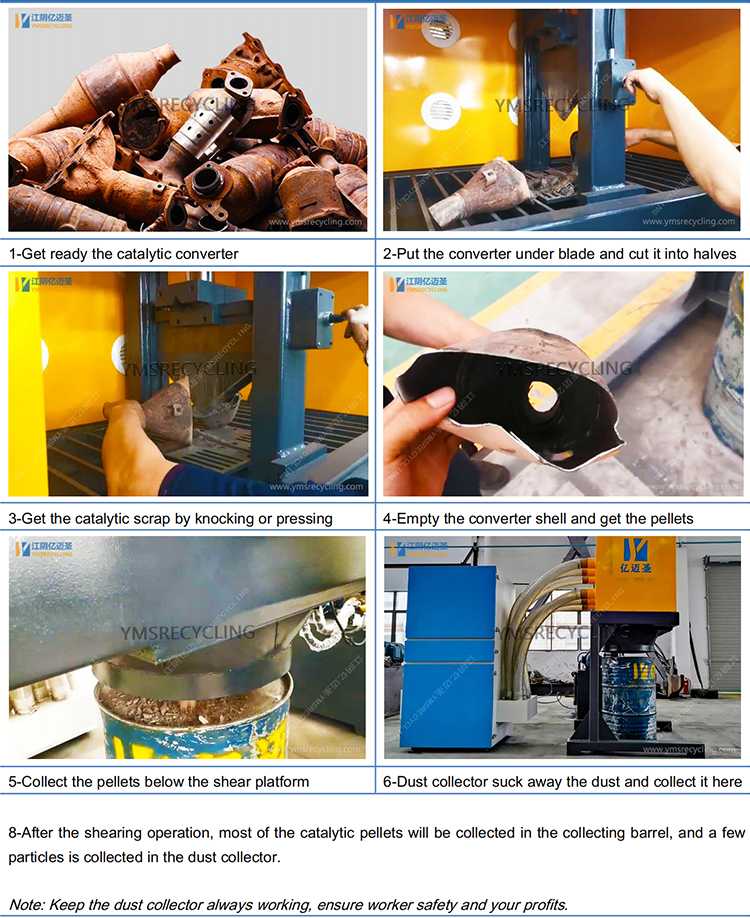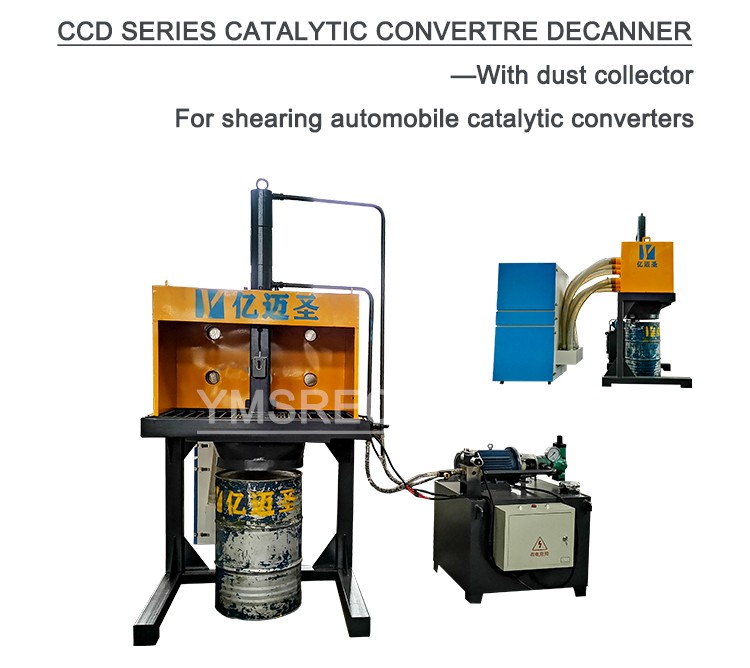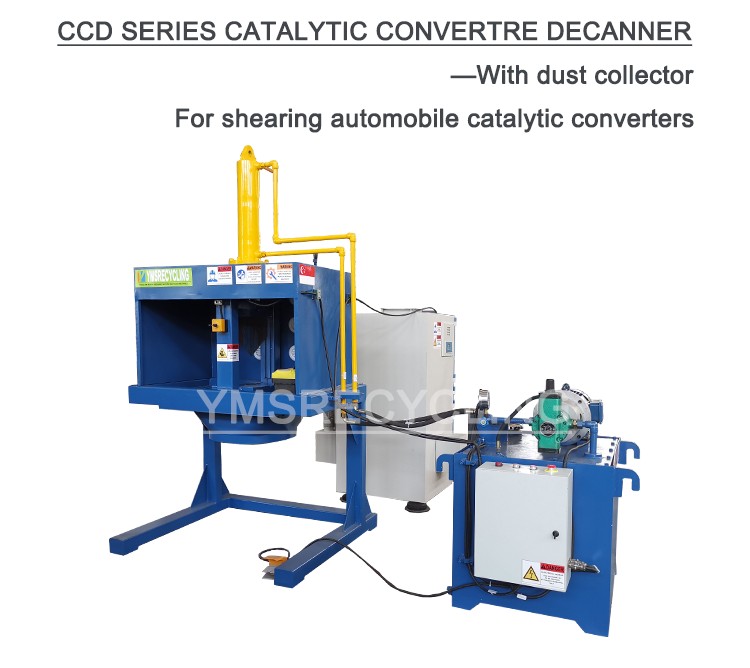The accident caused a tight supply of liquid ammonia. In the second half of 2007, with the explosion of the ammonia alcohol plant of Shandong Deqilong Chemical Industry Group Co., Ltd., there was a 750,000 tons/year large-scale ammonia plant in China, which was the largest in the country in Shandong Province. The output of the synthetic ammonia production base was reduced to 7.43 million tons, a decrease of 198,000 tons from the previous year. Affected by this, the national output of synthetic ammonia was 51.5887 million tons, an increase of only 5.4% over the previous year, which was far below the growth rate of about 13% in previous years. Therefore, after entering the fourth quarter of 2007, the liquid ammonia market in the country became increasingly tense, and prices were rising day by day.
At the end of 2007, as domestic coal and urea prices continued to rise, the domestic supply and demand of liquid ammonia contradictions became more pronounced and prices rose strongly. The mainstream ex-factory prices in all regions have reached RMB 2,700-2,800 (t price, the same below).
After the Spring Festival this year, with the gradual elimination of the effects of the snowstorm and the gradual recovery of power supply and transportation, the downstream urea and nitric acid enterprises of liquid ammonia have started to return to work or increased the production load to varying degrees, resulting in an increase in liquid ammonia market demand and tight resources. However, on February 13th, Sinopec Nanjing Chemical Industry Group Co., Ltd. also produced 300,000 tons of synthetic ammonia plant, which also caused an explosion. As a result, domestic liquid ammonia resources were cut overnight. A lot of liquid ammonia resources that were already tight were already tight. The price rose rapidly, and it was almost a price per day. In just two weeks, the mainstream price of the domestic liquid ammonia market soared to 3,200 yuan.
In mid-March, with the restart of the ammonia plant of Nanjing Chemical Industry Co., the domestic liquid ammonia resource situation was eased. However, as the system just started to drive, the company's liquid ammonia production is not very large, so the current price of liquid ammonia in East China is still at a high of 3150 to 3200 yuan, and some other regions fell back to 3050 to 3100 yuan.
By the end of March, the price of liquid ammonia rose again. The mainstream market price has reached as high as 3,250 to 3,300 yuan, and local transportation difficulties in areas such as Zhejiang Province are as high as 3,800 yuan, which is astounding.
Liquid ammonia prices affect urea nitric acid The data show that about 60% to 70% of liquid ammonia in China is used to produce fertilizers, such as urea, ammonium bicarbonate, etc., about 30% to 40% for the production of nitric acid, ammonium nitrate and other chemical products.
As the basic raw material for urea production, ammonia is listed as the largest expenditure in urea production costs. In view of the fact that most of our synthetic ammonia is based on natural gas or coal, domestic ammonia synthesis urea enterprises generally enjoy the price of the national preferential gas, while the raw coal of coal-to-ammonia enterprises is relatively market-oriented, so changes in coal costs can basically reflect the Ammonia market supply and demand changes. Under the same conditions of demand, the rise in coal prices will surely push up the price of synthetic ammonia, and the increase in the price of synthetic ammonia will certainly drive up the price of urea.
Nitric acid production is different from urea. At present, domestic nitric acid plant is not only used to produce nitric acid from synthetic natural ammonia produced by natural gas, but also used to produce synthetic ammonia from coal and then processed into nitric acid. Therefore, coal price is a barometer of nitric acid prices. The difference is that since the proportion of ammonia used in nitric acid production is lower than that of urea, the price of coal for the nitric acid market is usually 5 to 6 months slower than that of urea.
For a long time, due to the different production processes, the nature of enterprises and the management modes of the various nitric acid enterprises in China, the calculation method for the cost of nitric acid is also different, and the production costs of the various companies are quite different. According to Sun Lihui, general manager of Shandong Huayang Deere Chemical Co., Ltd., because the plant is a typical “two-out†nitric acid business, its cost is relatively easy to calculate. According to data provided by Sun Lihui, at present, the cost of nitric acid production in China, the high-pressure ammonia consumption of 305 kg / ton, the total pressure of ammonia consumption of 292 kg / ton, the atmospheric pressure ammonia consumption 310 kg / ton, dual pressure ammonia consumption 283 Kg/ton. The double-pressurized production process has the lowest cost, and the high-pressure and atmospheric-pressure processes have the highest production costs. With the current liquid ammonia price calculation cost, only the products produced by the dual pressure process nitric acid plant can still maintain the cost, and the products produced by the other process nitric acid plants are under the production cost line.
Urea nitric acid unfolds pulls the ammonia to pull the war to see to say, the country many times limits and reminds to the chemical fertilizer price and so on urea, undoubtedly will suppress the urea to the synthetic ammonia demand. However, in fact, as urea companies around the country enjoy various preferential policies or compensations from the state or local governments in different degrees, in particular, many enterprises that have stopped or reduced production after the disaster are desperately required to start production at full capacity in order to make up for disaster weather for the annual production plan. The impact, coupled with the arrival of the current farming season, no one will abandon this fleeting season of agricultural fertilizer and sales of gold, urea production enthusiasm, resulting in increasing demand for liquid ammonia.
On the other hand, due to rising prices of the second largest cost of nitric acid and the third largest cost of steam, even if liquid ammonia prices remain at the current level of RMB 3050 to RMB 3100, few companies can make money. At present, the proportion of domestic production of nitric acid plants that stop production or reduce production is still very large, and the price pressure is still high. Under the background of increasingly tense coal resources, the shortage of liquid ammonia will inevitably cause urea equipment and nitric acid equipment to pull liquid ammonia.
Within the company, as some urea production enterprises have nitric acid plants at the same time, when synthetic ammonia is insufficient, the production of urea or production of nitric acid becomes the first problem for decision makers to solve. At this point, gross profit margin becomes the most important decision-making parameter of an enterprise. From the perspective of the pursuit of profit maximization by the enterprise, who can make money becomes the fundamental basis for enterprise decision-making.
Considering from the external market, due to the accidents of the two major domestic synthetic ammonia plants since last year, a serious shortage of resources in the domestic market, the profit margin of the urea and nitric acid markets is bound to become the main factor determining the flow of limited liquid ammonia resources.
What is the role of an Catalytic Converter Decanner in metal recycling?
The catalytic converter shear, also known as a Cat decanner and sometimes as a Cat converter shear, is a metal shear designed to shear or cut the old catalytic converters by using a V-shaped blade passing vertically close up against a second static blade.
then use the press plate opening the mouth of the half converter to get the pellets that will collect in the drum below the machine.
So the catalytic converter decanner is used for cutting the Cat converters and extracting the high-value pellets.
We use the dust collecting system to work in conjunction with the catalytic converter cutter.
It provides a safe working environment for your operators, increases throughput, and maximises dust collection.
Using the catalytic converter decanner machine will ensure that the operator is protected from the dust and as much of the valuable catalytic converter contents is recovered as possible.
The use of catalytic converter cutting machines can not only improve work efficiency but also reduce industrial costs.
catalytic converter cutter is widely used in the recycling and processing industries, metal recycling yards and scrap car dismantling enterprises.

How to choose a suitable Catalytic Converter Decanner?
If you have hundreds or more old catalytic converters that are stocked in your yard.
YMSRECYCLING catalytic converter cutting machine could help you cut off the Cat converters to extract the pellets which contain platinum, palladium, rhodium and other precious metals.
Take those metals to a precious metals refinery or sell them directly to get high payment.
All the equipment has been designed to maximise operator safety whilst optimising performance and could guarantee the continuity of your work processes.
CCD-Catalytic Converter Shear (Working steps)
CCD-Catalytic Converter Shear (With dust collector)

CCD-Catalytic Converter Decanner (With dust collector)

YMSRECYCLING's wide range of Hydraulic metal Shear is designed for scrap yards and various industrial cutting applications.
These types of equipment can be customized and extended according to the actual needs of customers on-site.
YMSRECYCLING also offer economical and effective solutions to help you to process different scrap metal.
Please provide your requirements in consultation.
CONTACT YMSRECYCLING
Call us now on +86-15950122559
To start maximising your returns from your aluminum metal recycling.
Please email sales@ymsrecycling.com or visit our website directly for further information about the products you are interested in.
Catalytic Converter Shear,Catalytic Converter Decanner,Catalytic Converter Cutter
Jiangyin Yimaisheng Hydraulic Machinery Co., Ltd. , https://www.ymsrecycling.com